Cooler Weather = Hot Fishing on Florida’s Big Bend Gulf Coast
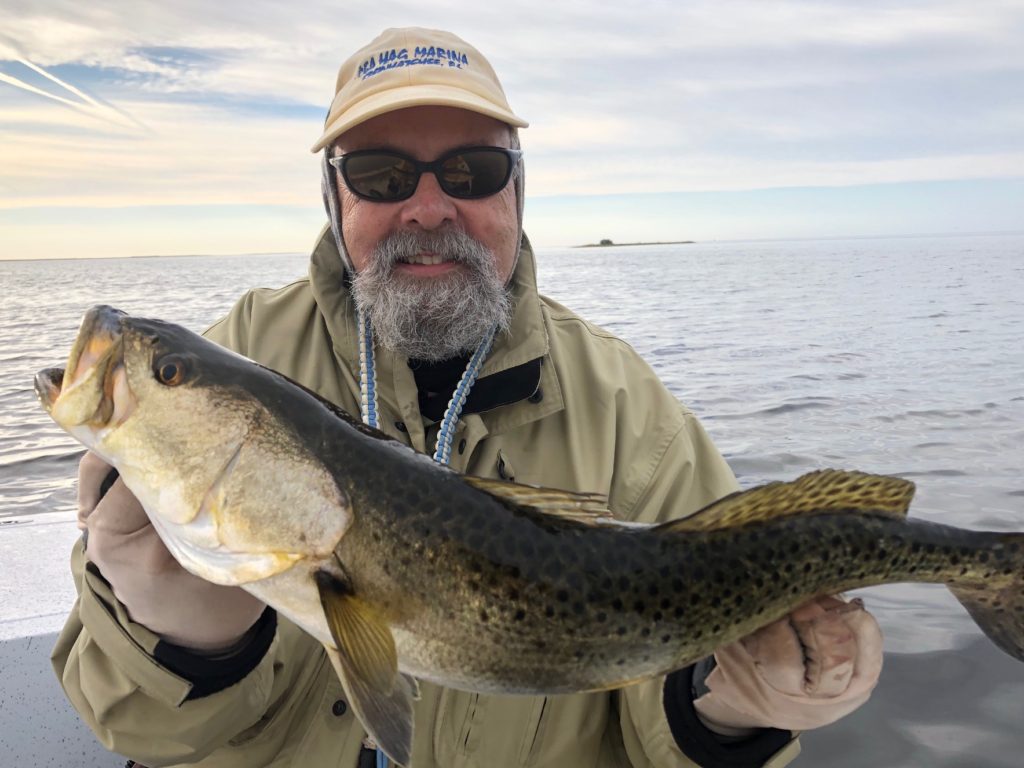
There’s something about cool weather fishing on Florida’s Nature Coast. Gulf of Mexico waters cool rapidly as cold fronts hit the coast on an almost-regular 3 day cycle. Air temperatures vary from the high 30’s to the 80’s as the Holiday season approaches, and water temperatures soon follow. In many cases, the Gulf water temperatures will be in the 50’s on an 80-degree “shirtsleeve” day. Of course, radiant heat from sunlight will affect the temperatures of muddy bottom areas, like creek mouths, or over rocky points all along our coast
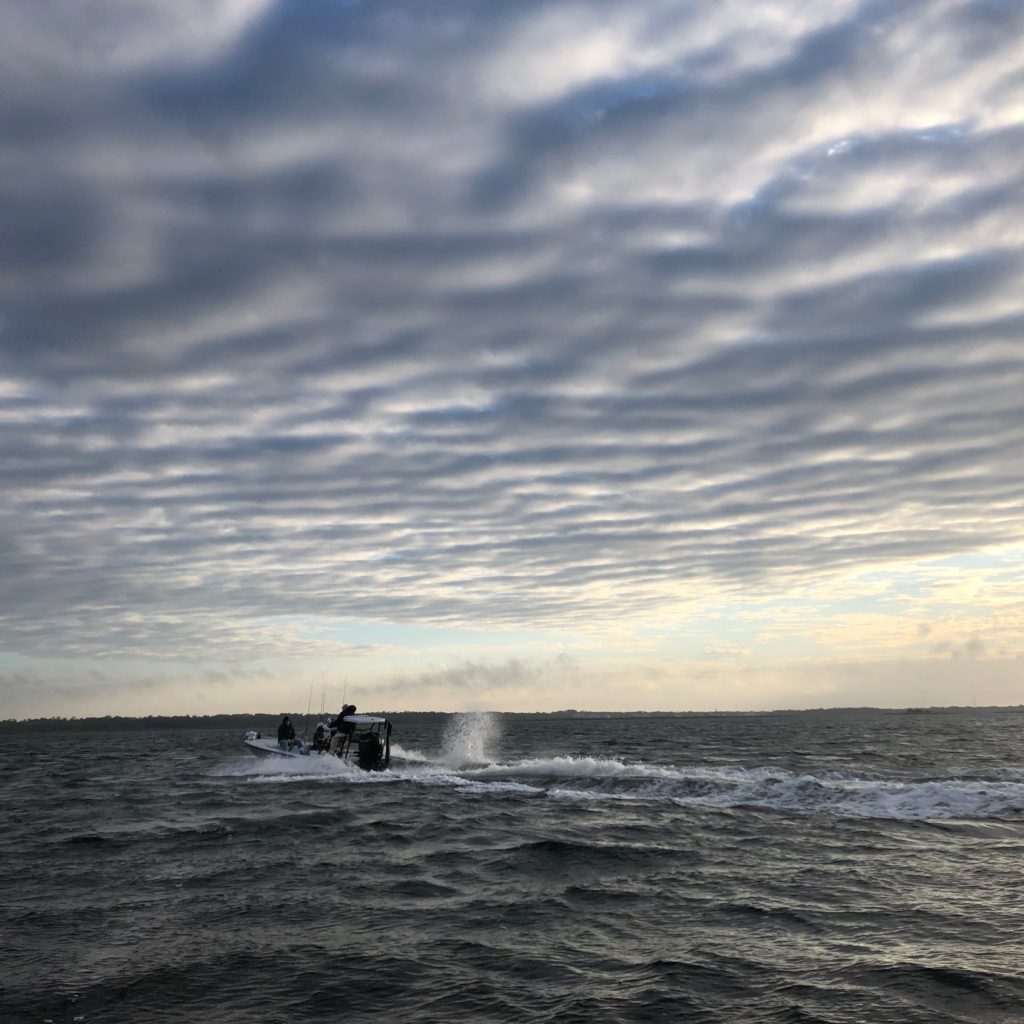
Seatrout and redfish (another favorite Big Bend species) spend the summer months fattening up for winter. Cold-blooded, their metabolism slows, but not so much that they totally give up on eating.
In cool weather, seatrout tend to school up in deep river channels near Yankeetown, Suwannee and Steinhatchee. Redfish often inhabit the same waters, but are more likely to be found along rocky points near creek mouths.
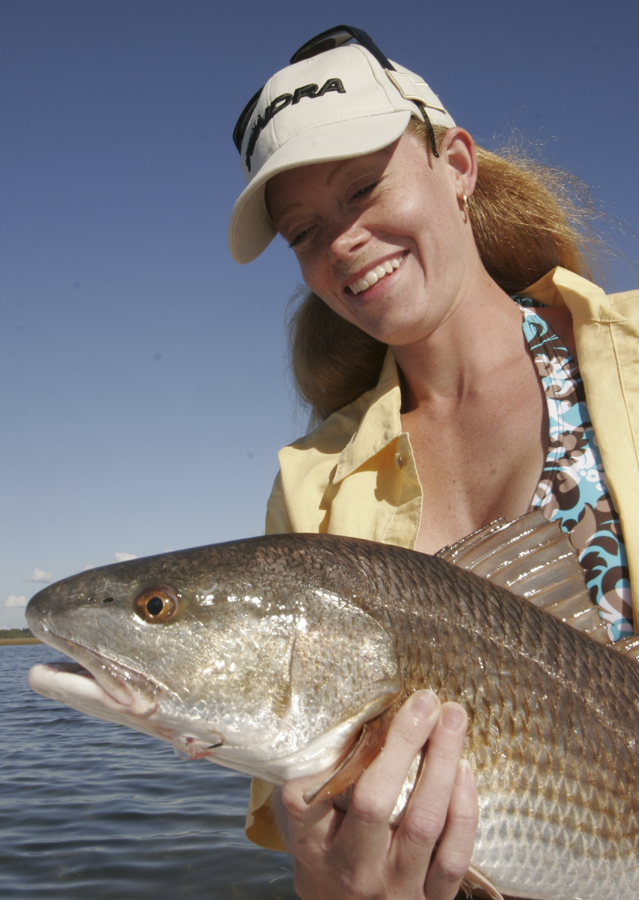
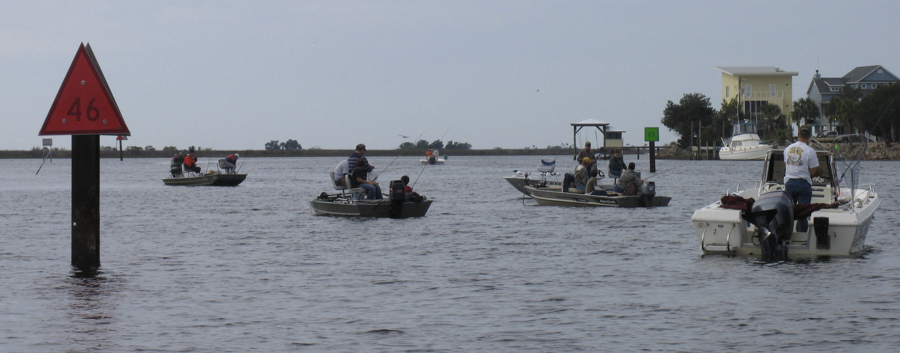
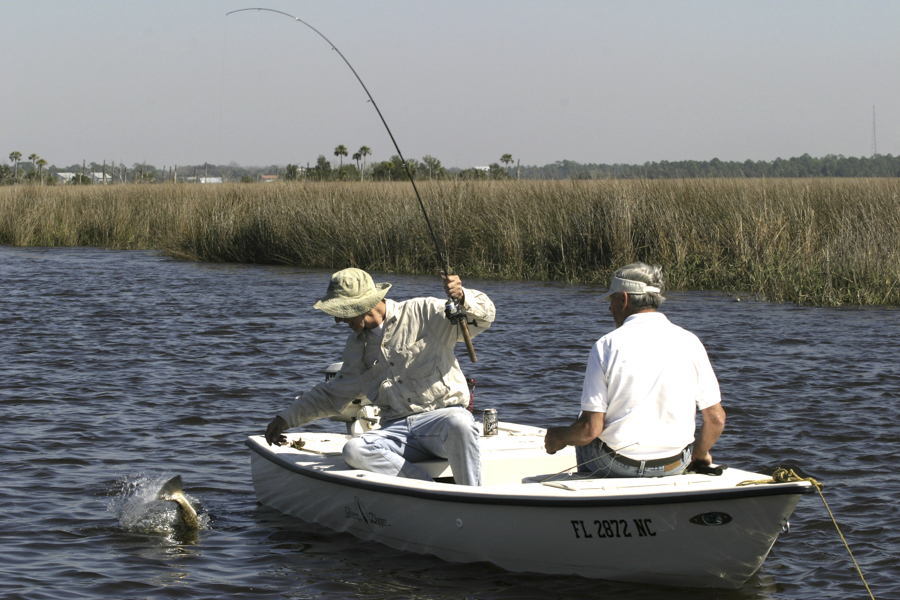

Anglers use a variety of techniques and tackle for cool-weather fishing. One thing that’s universally important is that you move your bait slowly, giving these predators a chance to catch them. Live bait, especially shrimp, can be purchased at most bait shops and marinas, but many more-successful anglers prefer artificial lures. The MirrOlure TT and Paul Brown Corky are excellent for deeper waters, while the almost snag-proof Slick Lure and Salty Snack are good over rocky bottom. Topwater plugs also work from redfish, especially if the water temperatures drift above 60-degrees F. Light spinning combos in the 2500 to 4000 class, spooled with braided line are all that’s needed to land these fish. Just be sure to know your knots, tie them tight, and replace frayed leaders if needed.
A few popular spots to consider, for seatrout, include the Steinhatchee River, near Marker 26 or 46, as well as the Suwannee River just outside the Gateway Marina canal. Or, try Dan May or Barnett creeks, at Suwannee, or Dallus Creek, north of Steinhatchee. Moving water, usually low to high, and colder days are likely to produce better catches.
Spotted seatrout and redfish are both protected and regulated species. Bag limits and size limits are strictly enforced by the Florida Fish and Wildlife Conservation Commission. In late December, 2019, there are expected changes to bag limits and sizes for seatrout. Redfish regulations are expected to stay at a one fish bag limit, 18 to 27-inch slot. For complete information about trout rules, logon to: https://myfwc.com/fishing/saltwater/recreational/spotted-seatrout/
The Big Bend region is excluded from the 2019-2020 closure of seatrout, redfish and snook. Those species, in the waters south of Hernando County to Naples, are designated “catch and release” only until at least May, 2020.

